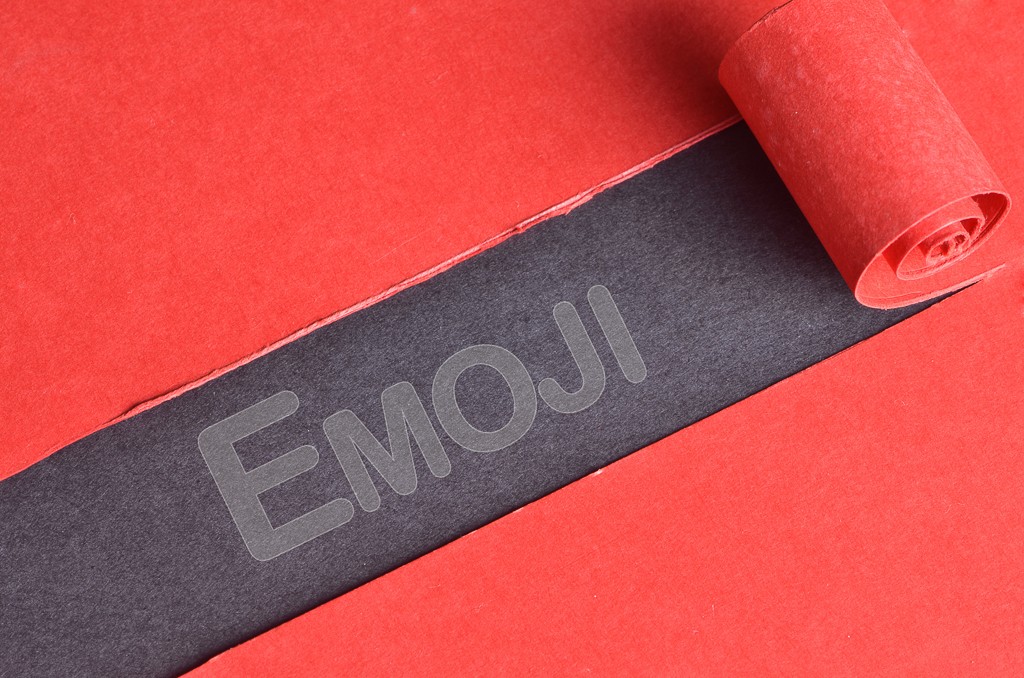
By Sarah Clark
Communication today can be best described three ways: Concise, digital, and visual.
Visual communication has soared in popularity lately, largely because of tech-savvy Millennials.
Those in the 18- to 24-year-old range spend an average of 91 hours a month on smartphone apps, often sharing images on Instagram and Snapchat.
One report even found that four in 10 Millennials would rather communicate with pictures than words.
That might explain why emojis are so often used in place of the written word.
Upward of six billion emojis are used every day, and it’s not just young people who are speaking emoji.
More than 75 percent of consumers ages 25 to 29 and more than 60 percent of those 35 and older identify as “frequent emoji users.”
But the corporate world isn’t keeping pace with these changing communication trends.
Some companies need to alter their views of “professionalism” because they still view emojis as unprofessional.
And many companies are still figuring out how to reach audiences using these new visual avenues; only a few have even attempted to use emojis in marketing campaigns.
All of this means there’s a great opportunity before you in the marketing world—if you speak the language, that is.
Launching Your Emoji Campaign
Emojis are more than just funny faces ? and plump hearts ?; they’re an opportunity for your company to connect with consumers and steer their behavior.
Dominos lets customers order a pie by texting or tweeting a pizza emoji ?.
Chevrolet recently issued a Millennial-friendly all-emoji news release to launch its 2016 Cruze ?.
Now, it’s your turn to join these early adopters.
Here are some tips for incorporating emojis into your company’s marketing strategies:
- Identify your target audience. Knowing and understanding your target audience is the first step of any good communications strategy. For emoji marketing, understanding your potential customers can help you have the biggest return with your new message and avoid embarrassing mistakes—the eggplant emoji may not be as innocuous as one might think. Learn more than just basic demographics; really get to know who your audience members are so you can speak their language. Look at the websites, blogs, and forums that are popular among your target consumers, or conduct focus groups to understand how they talk, what they’re passionate about, and how to have a lasting impression with your message.
- Understand the emotion of your message. Marketing campaigns often use imagery to evoke emotion—from sentimentality ? to humor ? to pride ?. Emojis can be surprisingly effective in building an emotional connection with consumers. Applying what you learned about your target audience, focus on crafting the emotions of your message. What do you want your targets to feel, what actions do you want them to take as a result, and which emojis can get you to that point? If you can connect your audience members to your message emotionally, they’ll be more motivated to act (buy, feel, share, read) the way you want.
- Stay away from stereotypes. Because so much about today’s society is fluid, it’s important to avoid stereotypes that might offend or alienate potential customers. For example, if you’re marketing a cleaning product, you wouldn’t want your message to imply that the product is only for women. Many potential customers of both genders would take offense to such an outdated assumption. While you should craft your message to speak directly to your target audience, always avoid language, images, and emojis that hurt, demean, or exclude others. Instead, find emojis that resonate with your audience in a positive way, drawing people to your product.
- Use data to up your emoji game. Once you find the right medium to reach your audience and launch your message, gather and analyze data to ensure your campaign is—and remains—effective. Data analysis is the key to identifying when it’s necessary to adjust your strategy, increase engagement, or simply avoid annoying or spamming your customers. Use analytics tools such as emojitracker or theAmplify to get the most out of your emoji-driven campaign. Don’t just focus on what’s trending; study what’s has the biggest return on your target audience. Then, make any necessary tweaks.
Visual communication is the way of the future, and emojis are the dominant language.
To stay relevant among today’s consumers, marketers must become fluent in emoji speak and begin incorporating it into their business campaigns in smart, effective ways.